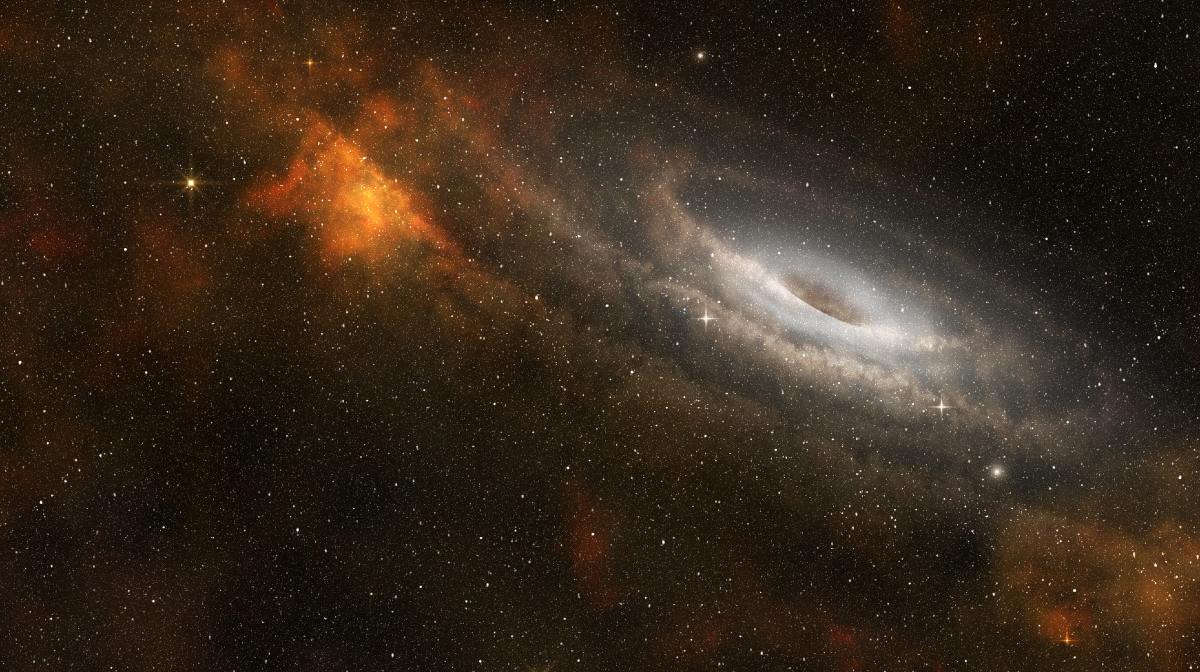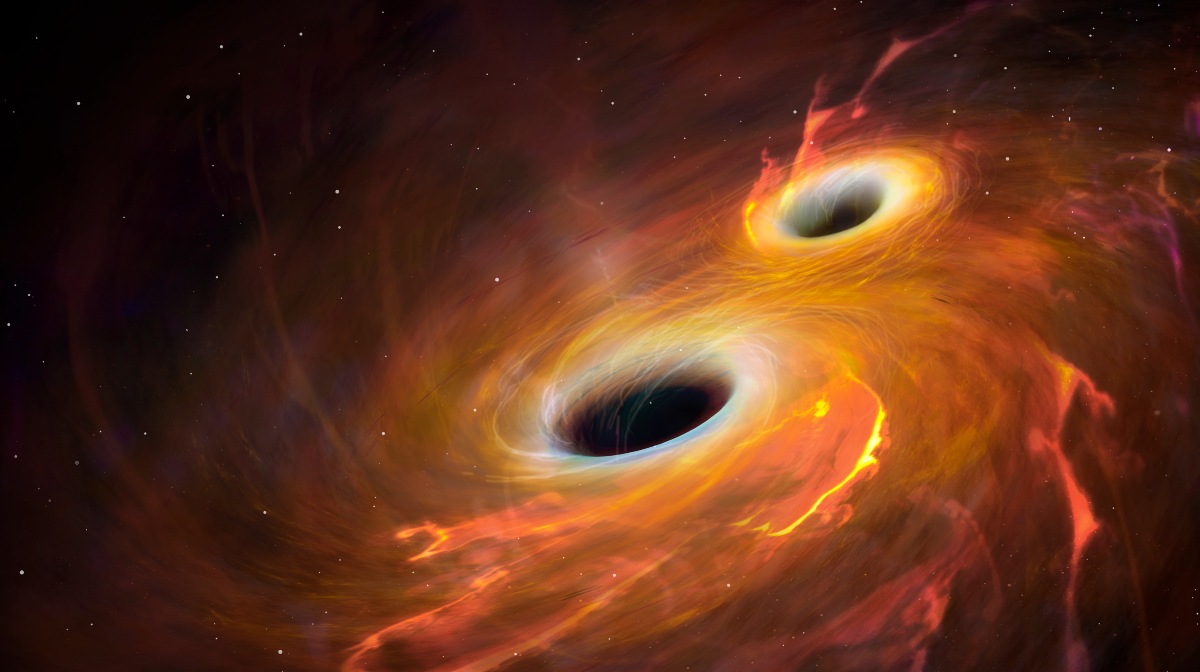Two of the newly discovered black holes are closest to Earth and may represent an unknown class of universe.
Thanks to the work of an international group of astronomers, they were discovered Two black holes Which, for now, it is closest to earth. The discovery was based on data from Gaea mission European Space Agency (ESA).
the Two black holes They are named Gaia BH1 and Gaia BH2 and 1,560 and 3,800 light-years away, respectively. In addition, according to a report from Monthly Notices of the Royal Astronomical Societyboth can appear in a file Unknown class.

«What characterizes this new group of black holes?which we already knew, It is his great separation from his companion stars. These stars likely have a very different formation history than X-ray binary stars,” Karim El Badry, lead author of the discovery, explains in a paper. launch from ESA.
It might interest you: They discover the largest black hole in the universe, the size of 30 billion suns
Gaia BH1 It is located in the constellation Ophiuchus Gaia BH2 In that centaur. That is, the new black holes are inside the Milky Way. In contrast, the two It is about nine to ten times larger than the sun..
Two “apparently” inactive black holes
discovery From Gaia BH1 and Gaia BH2 This was not easy for astronomersWell, unlike those previously found, they don’t seem to consume anything. The foregoing made them, temporarily, seen as Inactive.

So, to discover black holesThe researchers were guided by the motions of two companion stars very similar to the Sun. Luminous objects orbit the newly discovered holes.
You may be interested: Scientists managed to create a black hole in the laboratory and it interacts in an unusual way
In this regard, astronomers noticed it The stars showed a slight wiggle, which could mean that another object, which had enough mass to generate that gravity, was pulling on it. However, the hypothesis that this was due to another, larger star was ruled out, as the source of any radiation was not detected. Despite the foregoing, scientists have come to the conclusion that LMovements can only be generated by black holes.
“Although we didn’t discover anything, this information is very valuable because It tells us a lot about the environment around a black holeL says Space.com Discovery team member Yvette Cendez of the Harvard-Smithsonian Center for Astrophysics.
Motivated by the discovery, the researchers They will continue to search for binary black hole systems. To do this, they will rely on the next Gaia data dump, which is scheduled to be deployed 2025. New information, as you mentioned sapace.comwill be based on 66 months of observations and provide more details about the movement of the stars.
Read on:
“Not even light escapes”: This is how a black hole really works
The core of the Milky Way will collide with a supermassive black hole from the nearest galaxy
Why is it wrong to call the first image of a black hole a “photograph”?
The black hole ejects all the matter it has eaten for three years
They discovered the first inactive black hole of the star cluster outside our galaxy

“Proud web fanatic. Subtly charming twitter geek. Reader. Internet trailblazer. Music buff.”

:quality(85)/cloudfront-us-east-1.images.arcpublishing.com/infobae/TEQF6EONZRFGLLLDIDD4L2O4EE.jpg)

:quality(75)/cloudfront-us-east-1.images.arcpublishing.com/elcomercio/XU32LRAEZFDDPNVHLFU3CKVBYY.jpg)



More Stories
How to create 3D videos with my iPhone, it will be very useful even for your business
NASA discovers an anomaly in the Earth’s magnetic field that could have serious consequences for humans
Can the Earth be divided into two parts?